Watch Venus, Jupiter, Moon on March 1, 2! Know when, where, how to see planetary conjunction
On March 1, the two planets - Venus and Jupiter - will make their closest approach to each other. Know when, where and how to witness this rare planetary conjunction.
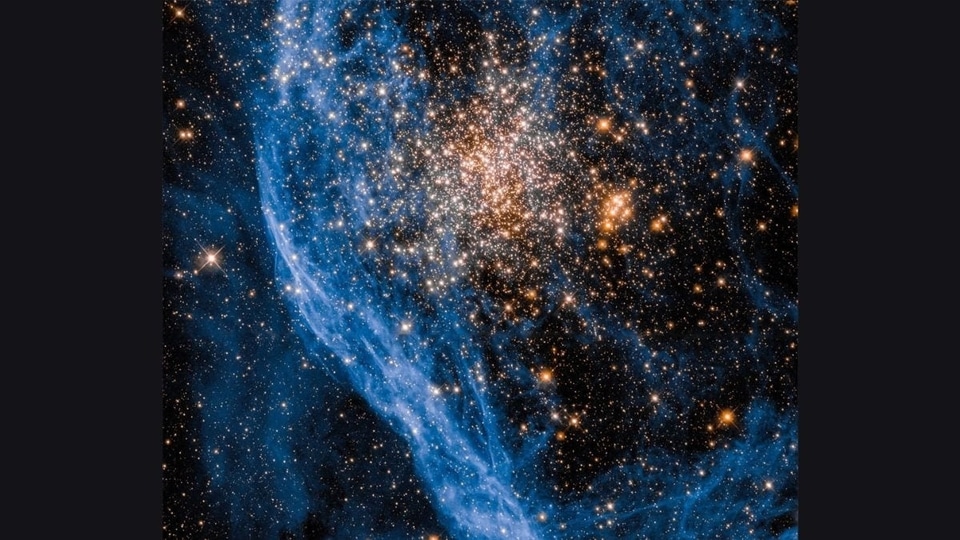
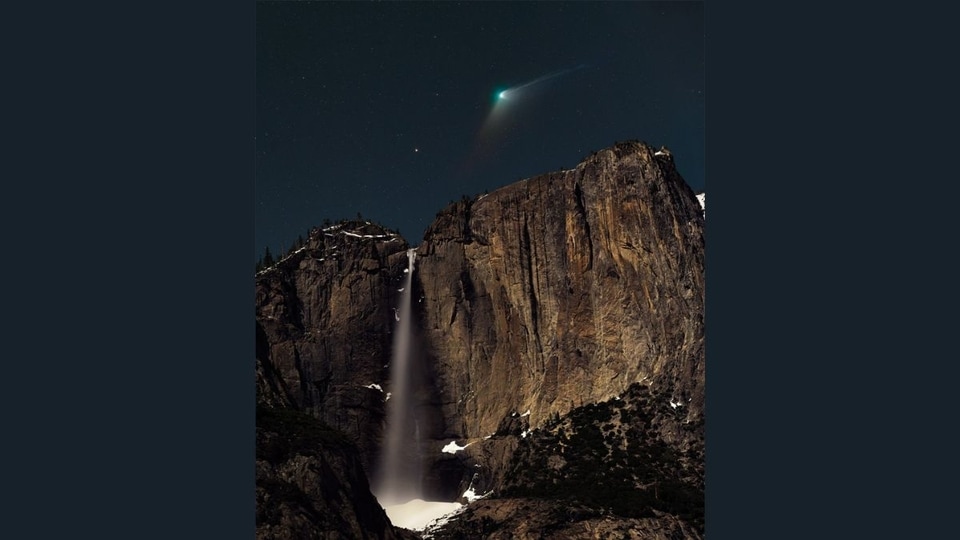
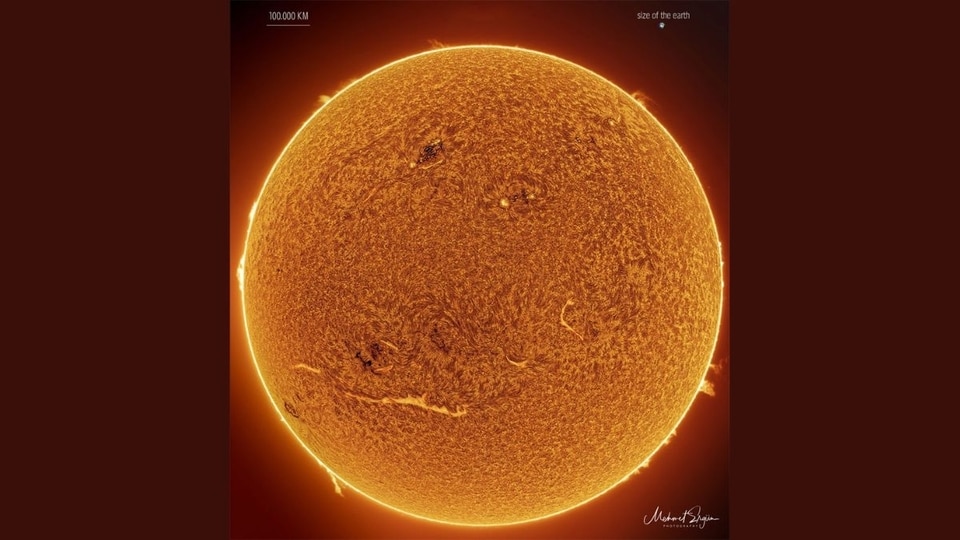
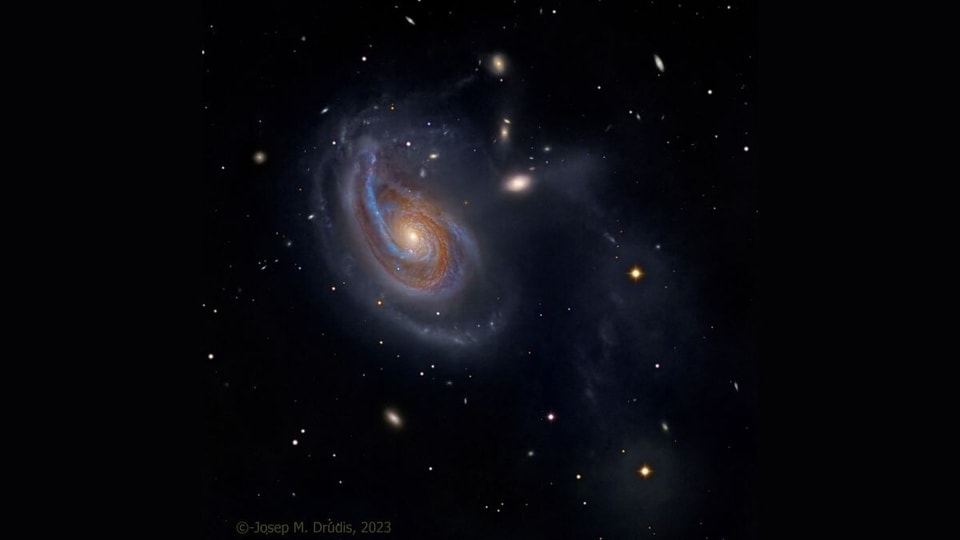
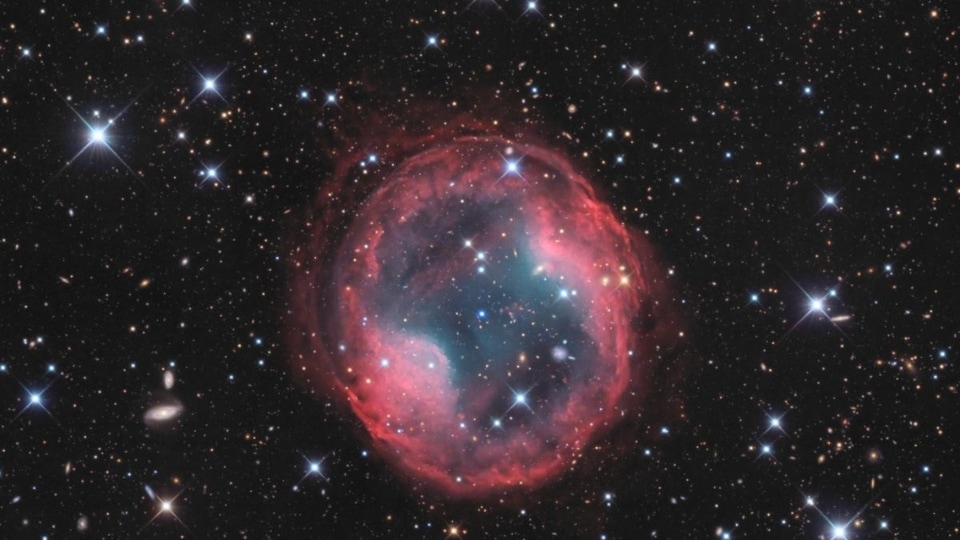

 View all Images
View all ImagesSkywatchers have a rare opportunity at the beginning of March to catch the remarkable Jupiter and Venus conjunction. Both planets are already visible in the night sky this month, however, they are coming closer than before. NASA has confirmed that Jupiter and Venus are visible in the west after sunset. Now, the two planets are set to appear closer together each evening, as they head for conjunction on March 1. If you don't want to miss the chance to witness the rare occurrence of Venus and Jupiter Conjunction, then know all the details here. First, know what planetary conjunctions are.
What are planetary conjunctions?
Planetary conjunction simply signifies that two planets appear close together in Earth's night sky. Thankfully, in the case of our Earth's solar system, such planetary conjunctions happen way too frequently because our sister planets travel around the Sun in an almost similar ecliptic plane. Which makes them appear often in our night sky despite being millions of miles away from each other.
How to catch Venus and Jupiter Conjunction
A report by EarthSky.org confirmed that you can catch the Venus-Jupiter conjunction on March 1-2, 2023, which is when they will be closest in the sky. The event will be available for both days. This Venus and Jupiter Conjunction will occur at 5 AM CST (5:00 PM IST) on March 2, 2023. When the conjunction happens, Venus will approach Jupiter at a distance of only 0.5 degrees, which is equivalent to the width of a full moon. On March 1-2, both planets will be visible through a single binocular field of view, so make sure you don't miss this opportunity!
Not just these two planets, but the Moon will join the conjunction of Venus and Jupiter. Several space organisations such as NASA and ESA have already shared some splendid views of the crescent moon along with Venus and Jupiter in the night sky.
Catch all the Latest Tech News, Mobile News, Laptop News, Gaming news, Wearables News , How To News, also keep up with us on Whatsapp channel,Twitter, Facebook, Google News, and Instagram. For our latest videos, subscribe to our YouTube channel.





























